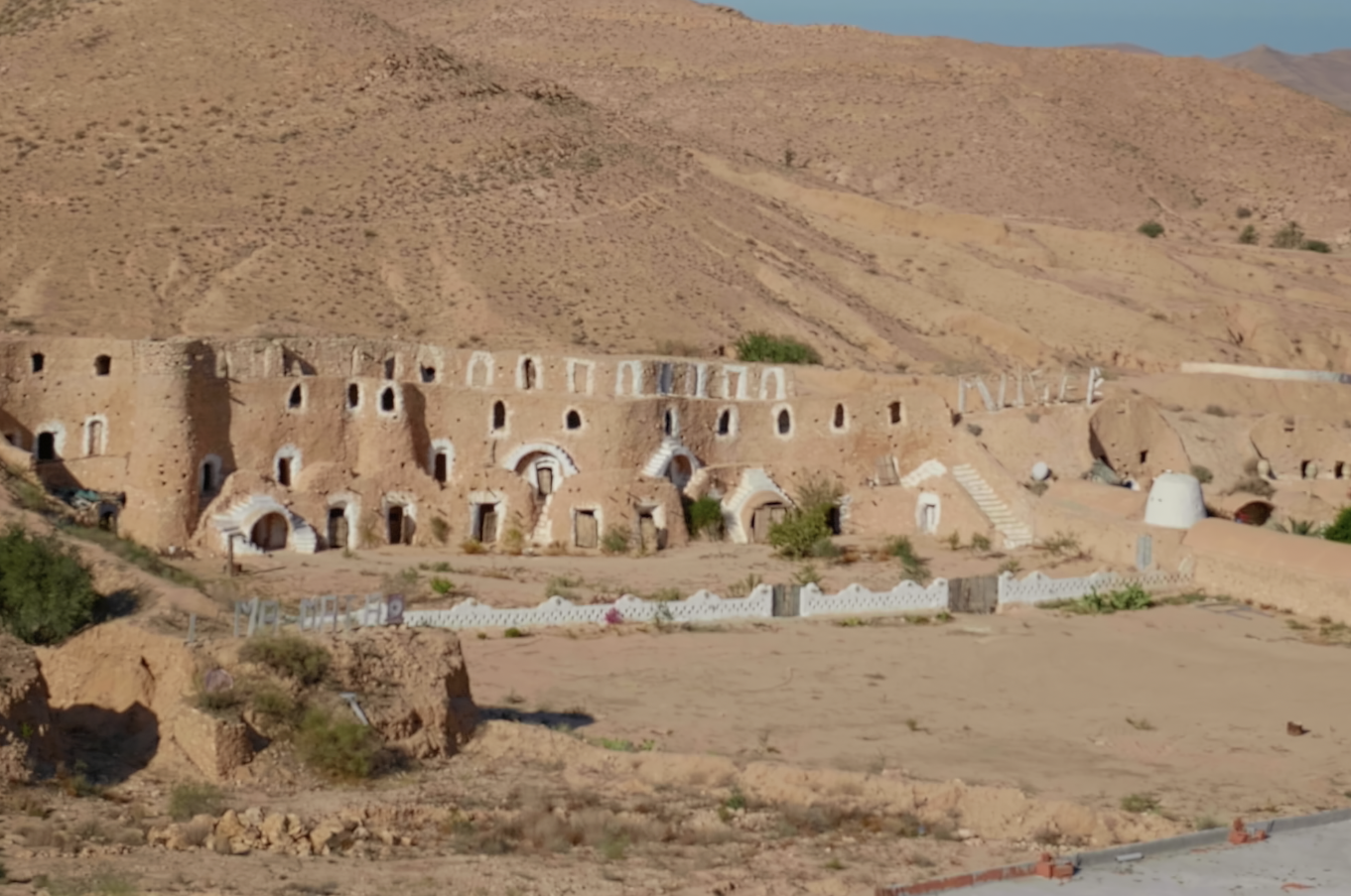Matmata Underground Houses represent a remarkable chapter in human architecture. These iconic structures, carved into the ground of Tunisia, offer a window into an ancient way of life. They are characterized by their troglodyte design—a series of pits dug into the earth, with rooms branching off the central courtyard. These ingenious constructions provided shelter from the harsh Saharan climate. Their design kept interiors cool during blistering hot days and warm through chilly nights. Today, Matmata’s underground houses stand not only as a testimony to human adaptability but also as an attraction for curious travelers worldwide.
Ancient Civilizations
All Ancient Civilizations, Cultures and People
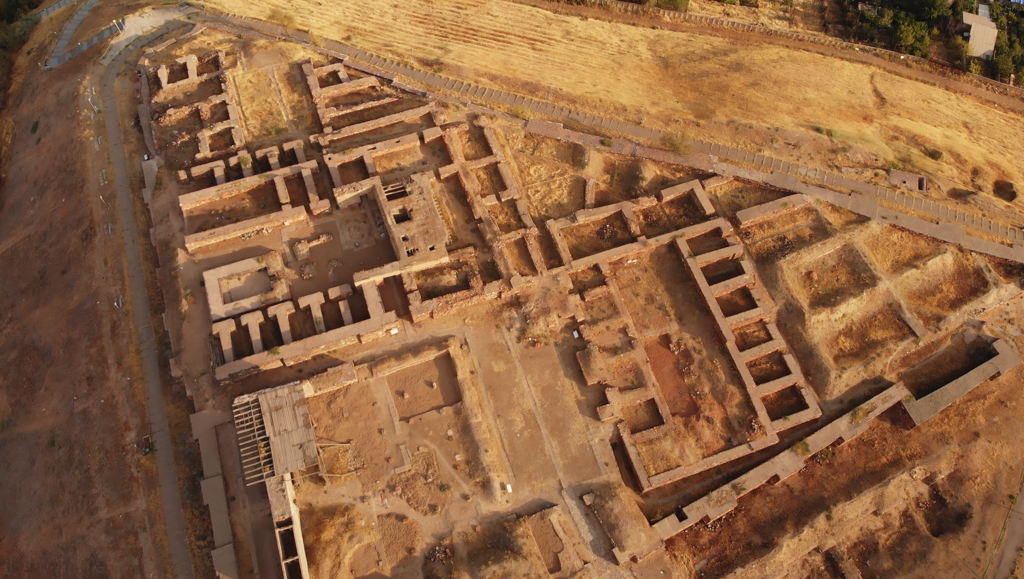
Erebuni Fortress
Delve into the past at Erebuni Fortress, a historical marvel in Yerevan, Armenia. Founded in 782 BC by King Argishti I of Urartu, this ancient site offers a window into the Iron Age kingdom’s might and sophistication. Visitors can explore the remnants of the once-majestic fortress and temple, revealing the Urartian passion for architecture and worship. The fortress, perched atop Arin Berd hill, provides a panoramic view of the modern city against the backdrop of Mount Ararat, blending the ancient with the present.
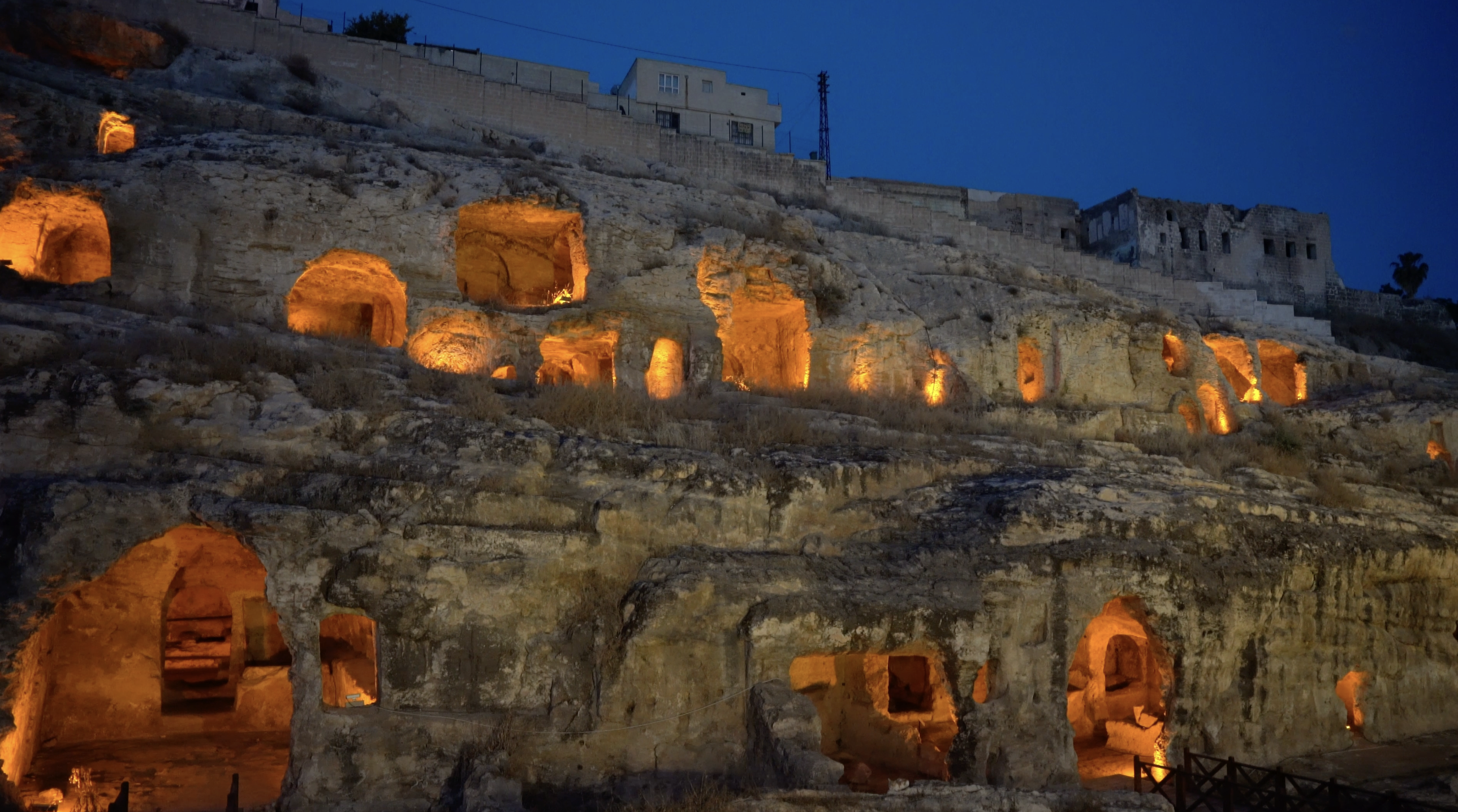
Kizilkoyun Necropolis
Kızılkoyun Necropolis stands as a testament to ancient craftsmanship and burial traditions. This archaeological treasure dates back to the Roman period and offers insight into historical funeral practices. Visitors to this site near Şanlıurfa, Turkey, explore tombs carved directly into the limestone bedrock. These intricate subterranean chambers resonate with the echoes of a bygone era. They reveal the Romans’ reverence for their deceased and their belief in an afterlife. Kızılkoyun Necropolis is not merely a tourist spot but a sacred place that provides a tangible connection to the ancestors of the region.
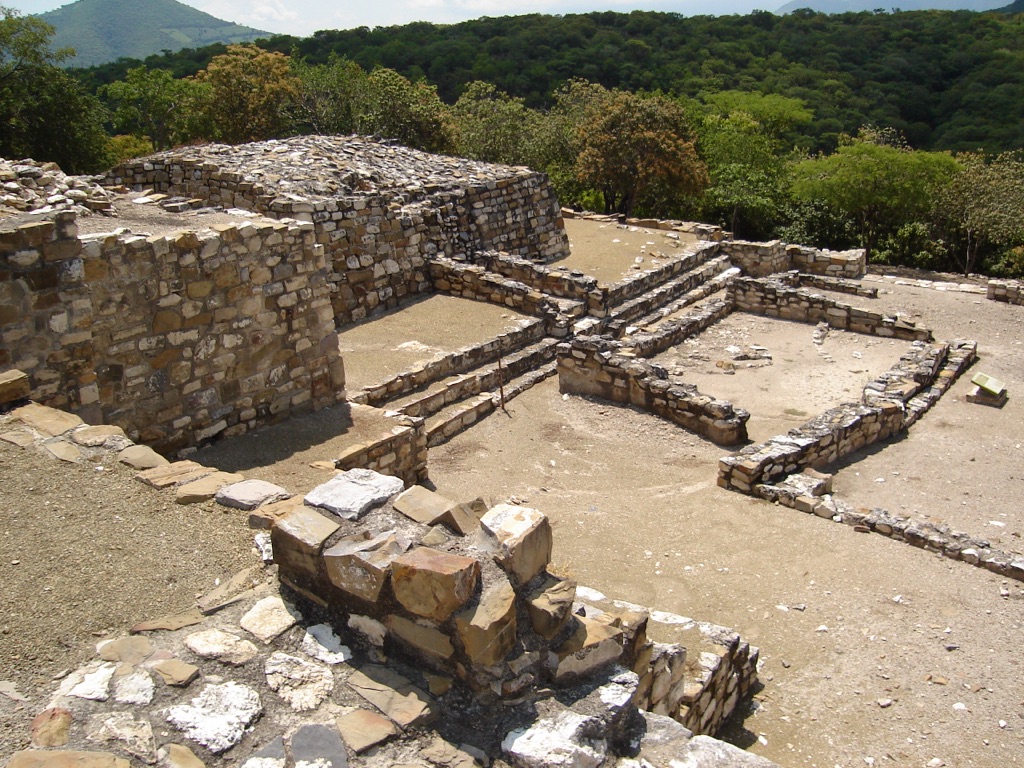
Xochipala
Xochipala, an ancient site in Guerrero, Mexico, offers a unique window into pre-Columbian history. Known for its remarkable figurines, the site reveals much about the Mezcala culture. Xochipala pieces are distinct for their lifelike features, standing out in Mesoamerican art. These treasures tell tales of the society’s daily life, religious practices, and artistic skills. Scholars consider Xochipala a vital link in understanding regional development in ancient Mexico. The figurines suggest there may have been early complex societies in the region, predating famous civilizations like the Aztecs and Maya.
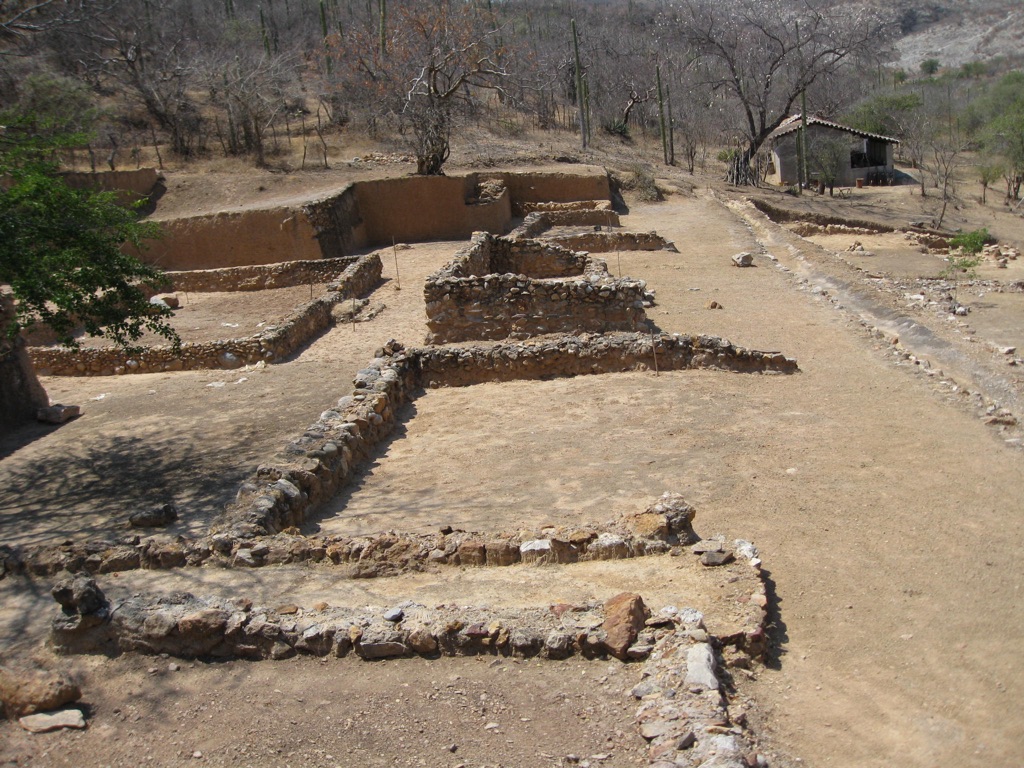
Teopantecuanitlan
Teopantecuanitlan is a fascinating archaeological site with deep cultural significance. Located in the Guerrero state of Mexico, this hidden treasure reveals the complexities of Mesoamerican history. Researchers believe it once served as an important ceremonial center. Evidence points to its influence in the region long before the rise of prominent civilizations like the Aztecs and the Maya. Remarkable for its unique stone sculptures and building layouts, Teopantecuanitlan provides an eye-opening glimpse into ancient religious practices and social structures. Though less known, it is an essential piece of the cultural jigsaw that composes Mexico’s rich heritage.
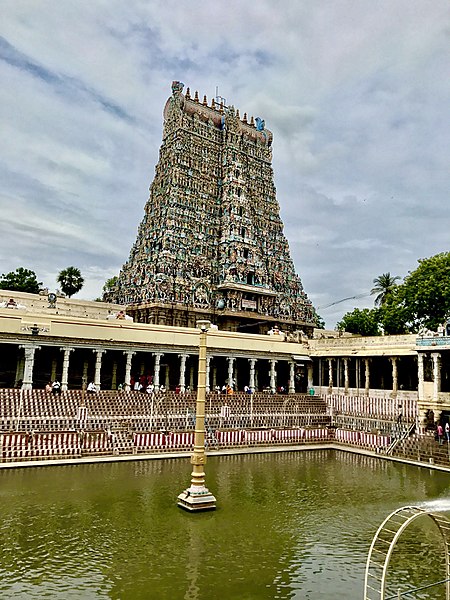
Meenakshi Amman Temple
The Meenakshi Amman Temple is not just a place of worship; it is a grand symbol of Indian architecture and spirituality, captivating visitors with its intricate carvings and towering gopurams (gateway towers). Nestled in the heart of Madurai, Tamil Nadu, this historic Hindu temple is dedicated to Goddess Meenakshi, a form of Parvati, and her consort, Lord Sundareshwar, a form of Shiva. The temple’s sprawling complex is a labyrinth of sacred halls, shrines, and water bodies, showcasing a rich tapestry of myths and legends. Each stone and sculpture tells a story, creating a profound narrative that is woven into the very fabric of Indian culture.

